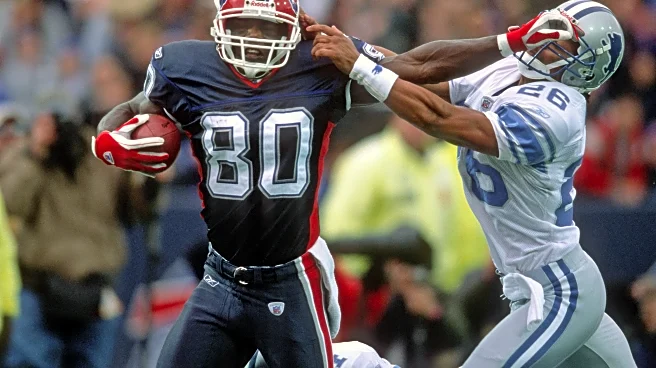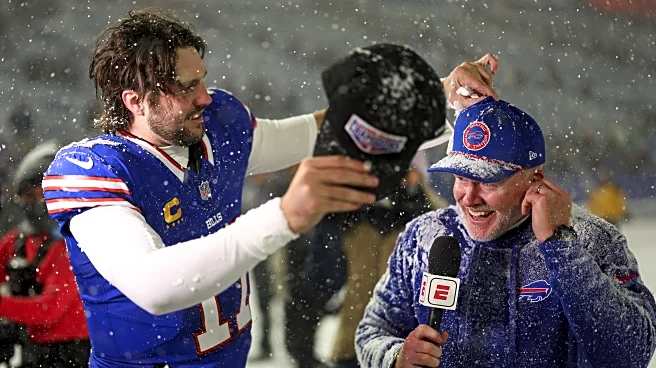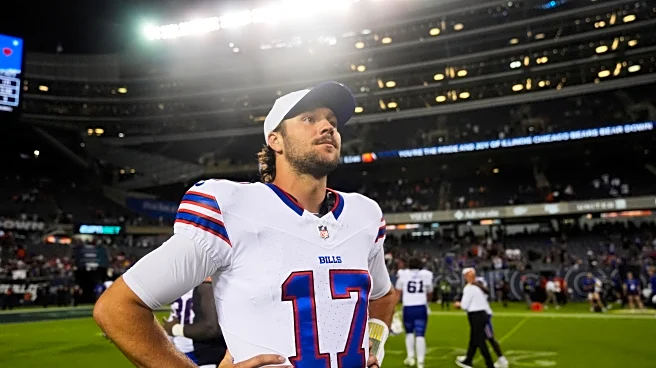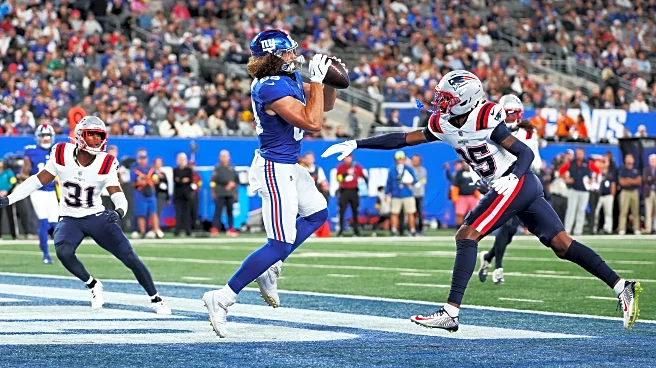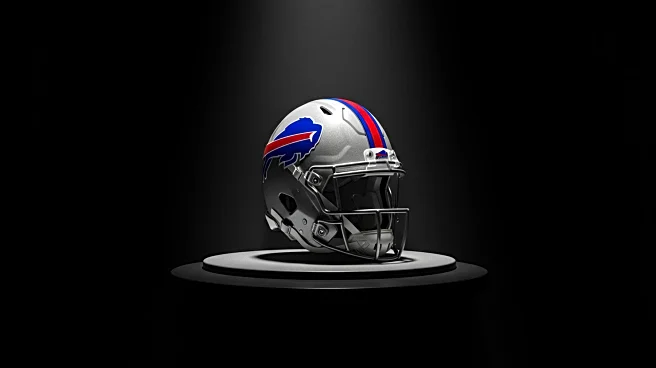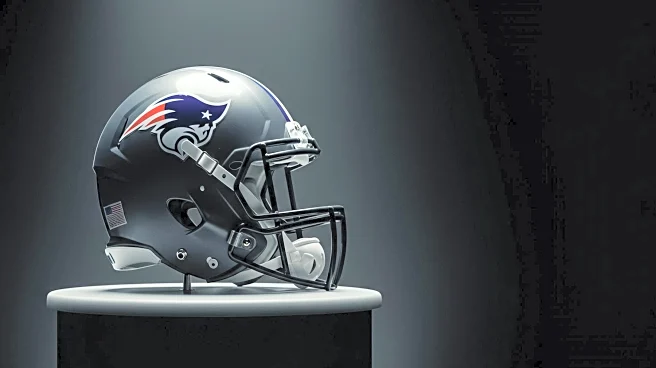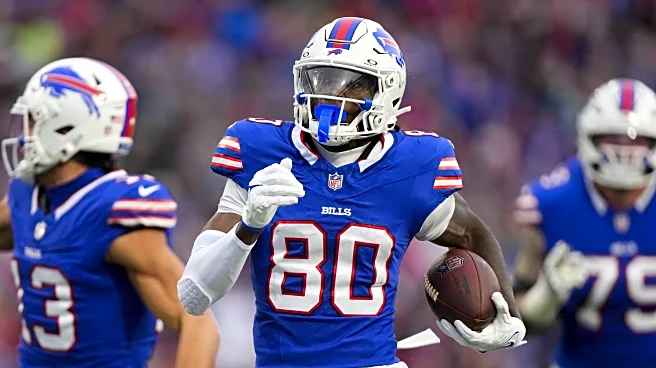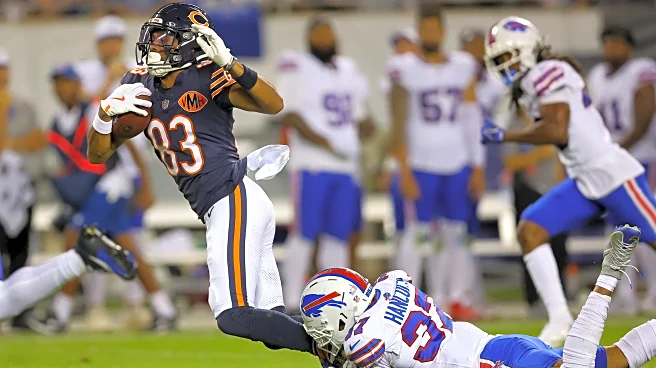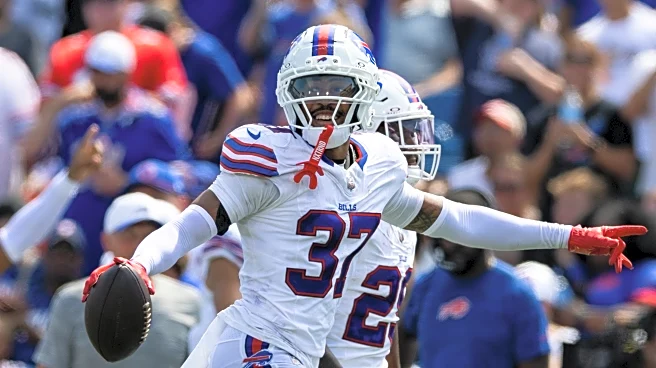
Reflecting on the Buffalo Bills’ last 25 seasons, it’s time to turn to the offensive playmakers who put points on the scoreboard. After crafting a strong quarter-century offensive line and a versatile tight end group, it’s time to select the running backs and wide receivers to make plays, and the quarterbacks to lead the Bills in a hypothetical Super Bowl against a rival franchise. Prioritizing players’ primes over longevity, I’ve built a group capable of scoring at will. Without further ado, here
are my choices:
Quarterbacks
Starter
- Josh Allen (2018-present)

Josh Allen’s 2020 season (4,544 passing yards, 37 TDs, 10 INTs, 421 rushing yards, 8 rushing TDs) served as his breakout party, establishing him as a dual-threat superstar. His rocket arm, play-extending mobility, and exciting runs make Allen a defensive nightmare. Allen’s 2022 season (4,283 yards, 35 TDs) further showcased his clutch ability to lead comebacks and shred defenses with deep-ball accuracy. Still well within his peak and coming off an MVP season, Allen is a one-man wrecking crew. He’s the undisputed QB1 for this roster.
Backup
- Tyrod Taylor (2015-2017)

Taylor’s 2016 season (3,023 yards, 17 TDs, 6 INTs, 580 rushing yards, 6 rushing TDs) highlighted his efficiency and scrambling ability. While he lacks Allen’s superstar power, Taylor’s low-mistake style and mobility make him the perfect backup option. If he’s not winning games by himself, as Allen does, he certainly wouldn’t lose them either, giving a chance to the great team around him to win any game.
Third Team
- Ryan Fitzpatrick (2009-2012)

Fitzpatrick’s 2011 season (3,832 yards, 24 TDs, 23 INTs) showed off his gunslinger mentality, delivering big plays despite turnover risks. His toughness, smarts, and aggressiveness kept Buffalo’s offense afloat during a transitional era. As a third choice, Fitzpatrick brings a fearless spirit, giving the Bills a real chance on his best days.
Evaluation

Allen’s prime is unmatched, with his ability to dominate through the air and on the ground making him the clear starter. Taylor’s mobility, deep pass accuracy, and especially his ability to take care of the football, edge out Fitz for the backup role. Fitzpatrick’s magic on his best days is very valuable, but his inconsistencies (especially in the clutch) are very risky. Drew Bledsoe (2002-2004) had a strong 2002 (4,359 yards, 24 TDs), but his lack of mobility and declining prime kept him off this list.
Running Backs
Starter
- LeSean McCoy (2015-2018)

Shady’s 2016 season (1,267 rushing yards, 13 TDs, 5.4 yards per carry, 356 receiving yards) was a clinic in elusiveness, with cuts that left defenders tackling air. His receiving prowess out of the backfield made him a dual-threat weapon. At his peak, Shady’s ability to break games open with a single touch earns him the starting role.
Backup
- Fred Jackson (2006-2014)

Fred Jackson’s 2011 season (934 rushing yards, 6 TDs, 442 receiving yards) was special before injuries cutting it short. His all-purpose grit and leadership were easy to notice in what was an early Offensive Player of the Year-worthy campaign. A tough runner with soft hands and a contact balance like few others, Jackson could do it all and always delivered in clutch moments. His versatility makes him the perfect piece for any running back room.
Third Team
- Willis McGahee (2004-2006)

McGahee’s 2004 season (1,128 rushing yards, 13 TDs) showed off his power and vision as a lead back. While not as versatile as McCoy or Jackson, his speed and size combo was unique, helping him to grind out yards and score in tight spaces, securing this spot
Evaluation
McCoy’s 2016 peak, blending explosiveness and receiving skills, makes him the ideal starter for a modern offense. Jackson’s all-around game edges out McGahee for the backup role, offering flexibility. McGahee’s power is valuable but less dynamic. C.J. Spiller (2010-2014) flashed brilliance in 2012 (1,244 yards, 6 TDs), but his inconsistency and limited receiving role kept him out. Travis Henry was great as a workhorse, and Marshawn Lynch had his moments as a Bill as well, but I couldn’t have any of them over my top three. In their best days, they were too good to be left out.
Wide Receiver
Starters
- Outside WR: Eric Moulds (1996-2005)
Eric Moulds’ 2002 season (1,292 yards, 10 TDs) well-illustrates what he could do in his prime, leveraging his 6’2”, 210-pound frame to dominate with physicality and jump-ball prowess. His ability to win in the red zone and stretch the field made him a matchup nightmare. Moulds’ peak performance as a true WR1 edges out others for this spot, reflecting his dominance in Buffalo. We’ve never seen anyone else like him wearing a Bills uniform (sorry Andre).
- Outside WR: Sammy Watkins (2014-2016)
Watkins’ 2015 season (1,047 yards, 9 TDs) showcased his explosive speed and contested-catch ability, despite injury challenges. At his best, he was unstoppable, a big-play threat who could take the top off defenses. His prime as a Bill, marked by game-changing plays during the few stretches he wasn’t hindered by injuries, secures him a spot as a starter. At his best, he was unique, like him or not.
- Slot WR: Stefon Diggs (2020-2023)
Diggs’ 2020 season (1,535 yards, 8 TDs, NFL-leading 127 receptions) was a route-running masterclass; he excelled at all levels — short, intermediate, and deep. Capable of playing any receiver position, he’s my pick for the slot, where his quickness and reliability shine — and this roster gets the most dominant Bills receivers from the last 25 seasons together on the field, at the same time.
Backups
- Outside WR: Stevie Johnson (2008-2013)
Johnson’s 2010 season (1,073 yards, 10 TDs) revealed his crafty route-running and knack for contested catches. His ability to separate against top corners makes him a reliable outside option behind Moulds and Watkins.
- Outside WR: Lee Evans (2004-2010)
Evans’ 2006 season (1,292 yards, 8 TDs) showcased his elite speed and deep-threat ability, exemplified by his 80-yard touchdown against the Jets. He’s a perfect backup to stretch defenses.
- Slot WR: Cole Beasley (2019-2021)
Beasley’s 2020 season (967 yards, 4 TDs) showed his quickness and sure hands as a slot specialist. His ability to quickly beat man coverage, but also find soft spots in zones, makes him a very valuable chain mover for this offense.
Third Team
- Outside WR: Peerless Price (1999-2002, 2006)

Price’s 2002 season (1,252 yards, 9 TDs) was a breakout year, one loaded with speed and play making. In his prime, nobody complemented Moulds as the number one better. His performance as an elite WR2 earns him an outside role.
- Outside WR: Terrell Owens (2009)

Owens’ 829 yards and 5 TDs in 2009 weren’t anything special if compared to this NFL Hall of Famer’s prime years. Anyway, how can I keep this talented and charismatic beast out of this list? Owens showed he could still threaten defenses downfield and was an exemplary teammate in Buffalo, making him an easy choice here.
- Slot WR: Robert Woods (2013-2016)

Woods’ 2014 season (699 yards, 5 TDs) demonstrated his crisp routes and reliability, being able to play inside and out. His blocking and versatility add value, making him a strong option to close out this group.
Evaluation
The starting trio of Eric Moulds, Sammy Watkins, and Stefon Diggs blends physicality, explosiveness, and slot precision, which are all ideal for Josh Allen. With this group, he’d be able to explore mismatches all game long.
Backups Stevie, Evans, and Bease aren’t physically imposing as the starters, but offer route-running, speed, and slot reliability. The third team — Peerless Price, TO, and Robert Woods — provides depth with speed, physicality, versatility, and blocking value.
John Brown (2019: 1,060 yards), Khalil Shakir (2023: 611 yards), and Josh Reed (2002: 509 yards) were considered but excluded for limited versatility, lacking the all-around impact of the selected players in route diversity, physicality, red-zone production, and especially the ability to play multiple roles in the WR group.
Final Thoughts
This group of Bills is a juggernaut, built to dominate a quarter-century Super Bowl matchup. Josh Allen’s dual-threat brilliance, LeSean McCoy’s game-breaking runs, and a receiving corps of Eric Moulds, Sammy Watkins, and Stefon Diggs create an unstoppable attack. The backups — Tyrod, Jackson, Johnson, Evans, and Beasley — provide depth and flexibility, while the third team adds explosive potential. This unit can exploit any defense, with Allen’s deep balls to Moulds and Watkins, Diggs’ chain-moving reliability, and McCoy’s electric runs.
It was tough to “cut” guys like “Beast Mode,” who became the best version of himself elsewhere, C.J. Spiller, whose 2012 peak was electric but inconsistent, Travis Henry, who was the definition of a workhorse, and John Brown at receiver, whose speed was valuable but didn’t match the selected players’ primes.
The 2025 season could elevate players like Khalil Shakir or James Cook, potentially reshaping this list. For now, this roster is a force to be reckoned with. Bills Mafia, what do you think? Did I miss anyone, or would you tweak the lineup? Drop your thoughts below, and stay tuned for the coaches and special teams! Go Bills!
Catch up on all this and more with the latest edition of Leading the Charge
